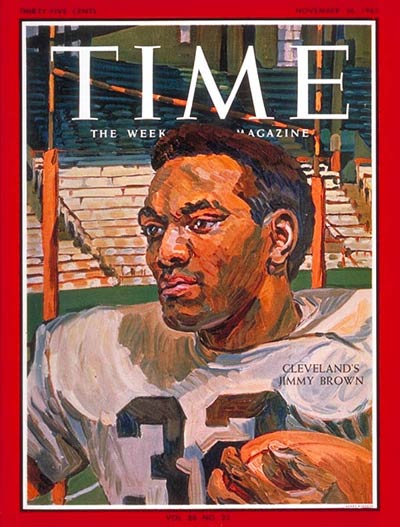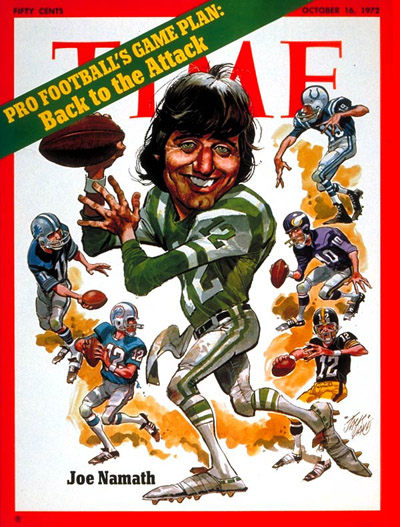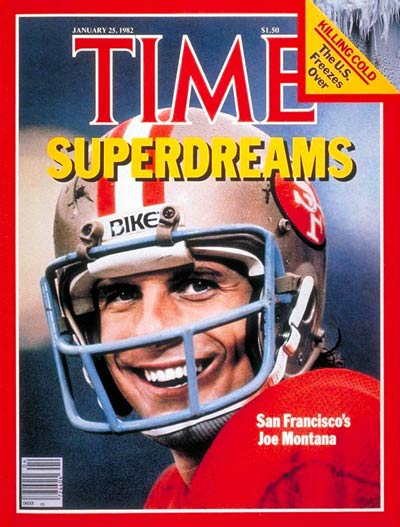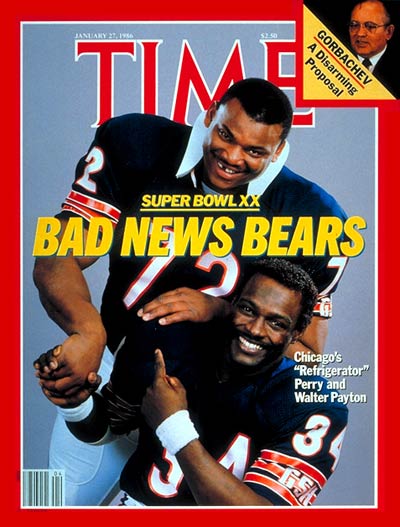
When this year’s NFL Draft begins on Thursday, it will be the kind of hyper-produced spectacle that can inspire movies and pull in millions of TV viewers. When the first-ever NFL Draft happened 80 years ago, things were very different.
There were only nine owners who met in February of 1936 in Philadelphia. (In fact, the event wasn’t referred to as the draft until 1937, according to Chris Willis’ biography of early NFL president Joe F. Carr; instead, it went by the unwieldy if accurate moniker “selection of players.”)
Get your history fix in one place: sign up for the weekly TIME History newsletter
At the time, no major professional sports league used a draft to acquire new players, as Pete Williams’ explains in his book The Draft: A Year Inside the NFL’s Search for Talent. But the NFL—or, rather, one particular NFL owner—had a good reason to suggest one in 1935. The still-young league, which had been founded 15 years earlier, was growing. But the Philadelphia Eagles were doing terribly. They closed out the 1934 season with a 2-9 record. And the current system offered little hope for their improvement. After all, the best players in the country wanted to play for the best teams and to make more money. And the teams that played better made more money and could thus pay those players even more, which only increased the incentive. That meant the best teams (like the Bears and the Giants) got better as the worst teams got worse.
So, Eagles owner Bert Bell suggested in early 1935, why not hold a draft? The team with the lowest win percentage would pick first, and they’d go around in that order.
The NFL on the Cover of TIME








With an eye to a future where the competitive balance might be different—or to keeping salaries down—the other owners agreed.
That year, there were a little under 100 eligible college players to choose from. Moving in turn from worst to best by their 1935 win percentages, each team picked nine of them. The number-one pick went to Bell and the Eagles, who selected the University of Chicago’s Jay Berwanger, who is still famous as the first winner of the Heisman Trophy—and the inspiration for its shape. Berwanger also appeared on the cover of TIME in 1933 but was not identified (that’s him in the white jersey with the noseguard).
Berwanger didn’t end up signing, though—and in fact only a couple dozen of those drafted that year actually played in the NFL that season. But even if they didn’t make much of an impact on the field, that draft class of 1936 would still go down in league history.
More Must-Reads from TIME
- How Canada Fell Out of Love With Trudeau
- Trump Is Treating the Globe Like a Monopoly Board
- Bad Bunny On Heartbreak and New Album
- See Photos of Devastating Palisades Fire in California
- 10 Boundaries Therapists Want You to Set in the New Year
- The Motivational Trick That Makes You Exercise Harder
- Nicole Kidman Is a Pure Pleasure to Watch in Babygirl
- Column: Jimmy Carter’s Global Legacy Was Moral Clarity
Write to Lily Rothman at lily.rothman@time.com